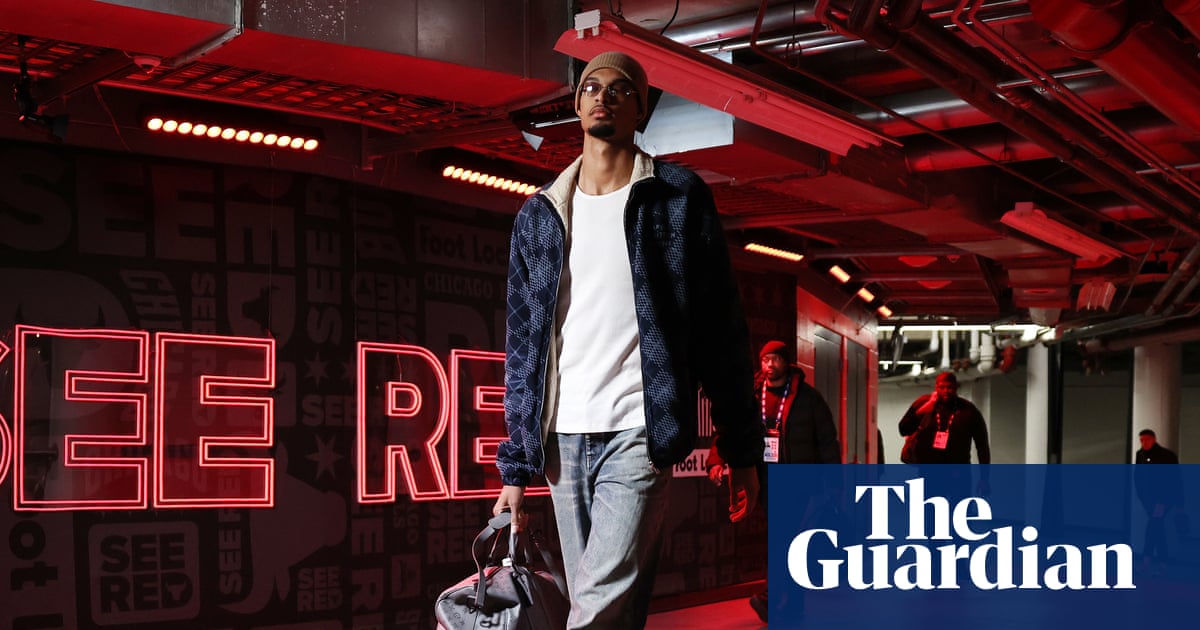
"Former NBA commissioner David Stern instituted the dress code, which went into effect at the start of the 200506 season. The policy has been relaxed since Adam Silver succeeded Stern in 2014, but the initial rollout as with most change came with controversy and pushback. The code required all players to dress in business or conservative attire when arriving and departing games, on the bench when injured, and when conducting official NBA business."
"Players bristled at the announcement because the policy effectively banned oversized T-shirts, do-rags, jerseys, and other hip-hop-inspired attire. The league's move was widely seen as a critique of Black culture a policing of expression and a response to the NBA's discomfort with hip-hop aesthetics that had become inseparable from basketball itself. The backlash was immediate, loud, and deeply personal. For many, it was also a direct attack on Philadelphia 76ers guard Allen Iverson, who became the poster child for what not to wear."
David Stern implemented a league-wide dress code at the start of the 2005–06 season requiring business or conservative attire when arriving or departing games, on the bench while injured, and during official NBA business. The policy effectively banned oversized T-shirts, do-rags, jerseys, and other hip-hop-inspired clothing. Many players perceived the rule as a critique and policing of Black culture and a rejection of hip-hop aesthetics tied to basketball. Allen Iverson became a symbolic target because of his tattoos, braids, and baggy gear. The rule provoked immediate and personal backlash and has since been relaxed under Adam Silver.
Read at www.theguardian.com
Unable to calculate read time
Collection
[
|
...
]